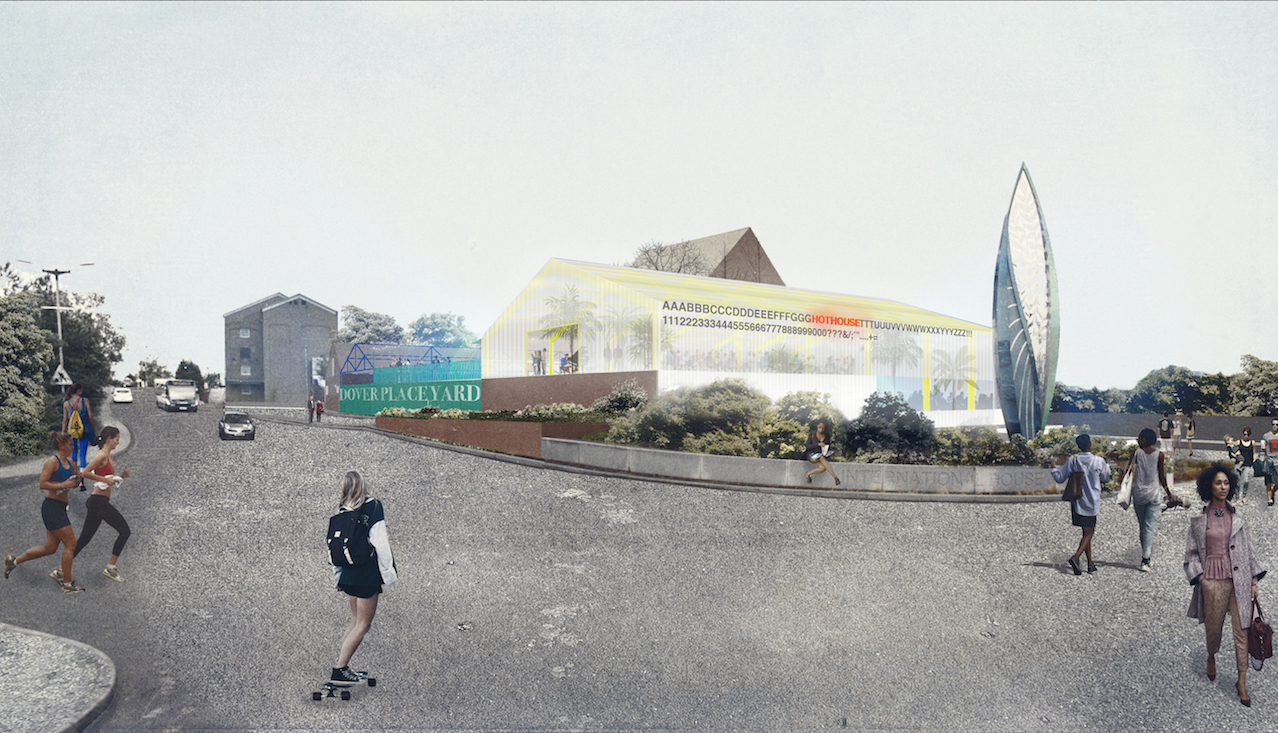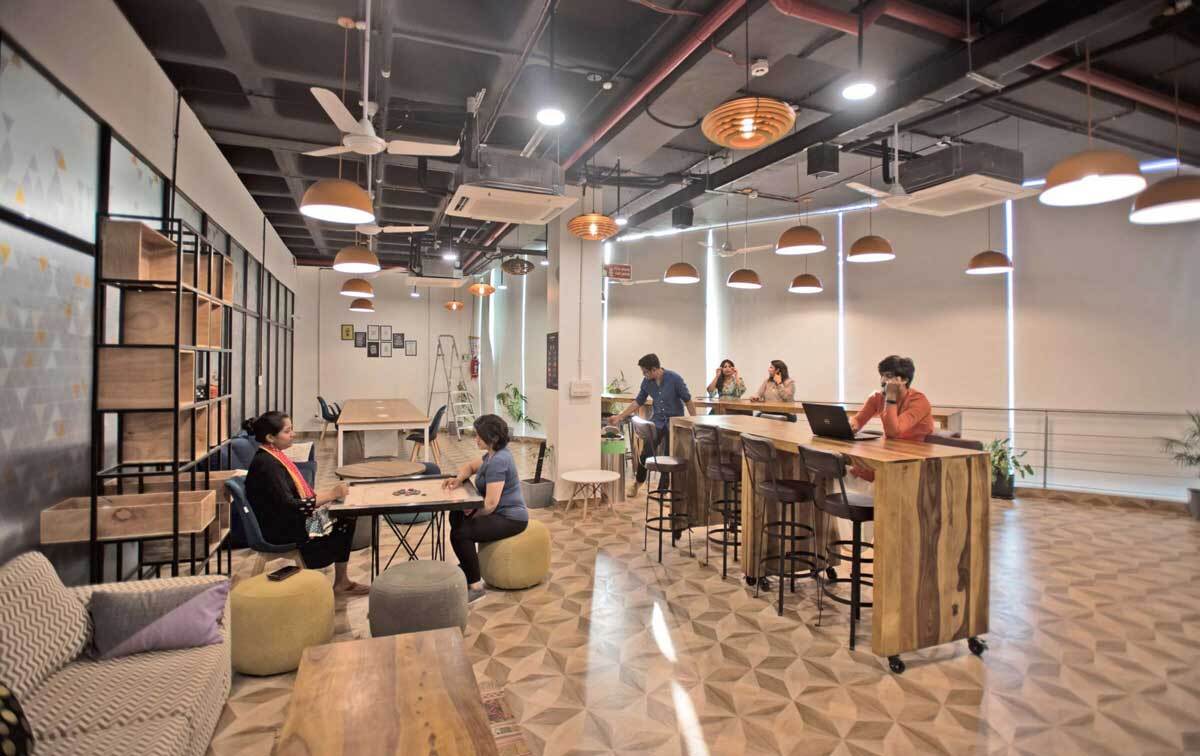Note: The PageSuite Portal is optimised for large desktop devices using the Chrome browser.
- Log in to portal.pagesuite.com
- Click “Publications”
- Click “Edit Publication Settings” on your desired publication
- Ensure “HTML 5 Reader” is switched on and that you’re in that section.
- Click the “Reader” tab. The top of your page should look something like this:
![]()
- Find the Page Restriction section and ensure the “Page Restriction Enabled” checkbox is checked.

- Several options should appear below it. Ensure that the “Enable Logo” checkbox is checked.

- An image setting should appear below it. You can:
a. Enter the web address of the image into the textbox.
b. Click the upload button to upload a new image or select from previously uploaded images.
c. Select an image asset associated with your PageSuite portal account from the drop-down list.
You can view a full-size preview of the image by hovering the cursor over the small image preview.
- Ensure there are no errors on the page (errored settings are highlighted in red).
- Save Settings by clicking the “Save” button at the bottom of the page. It will not save if there are errors on the page.
Further information on any setting can be found by hovering the cursor over the blue question mark next to it.















